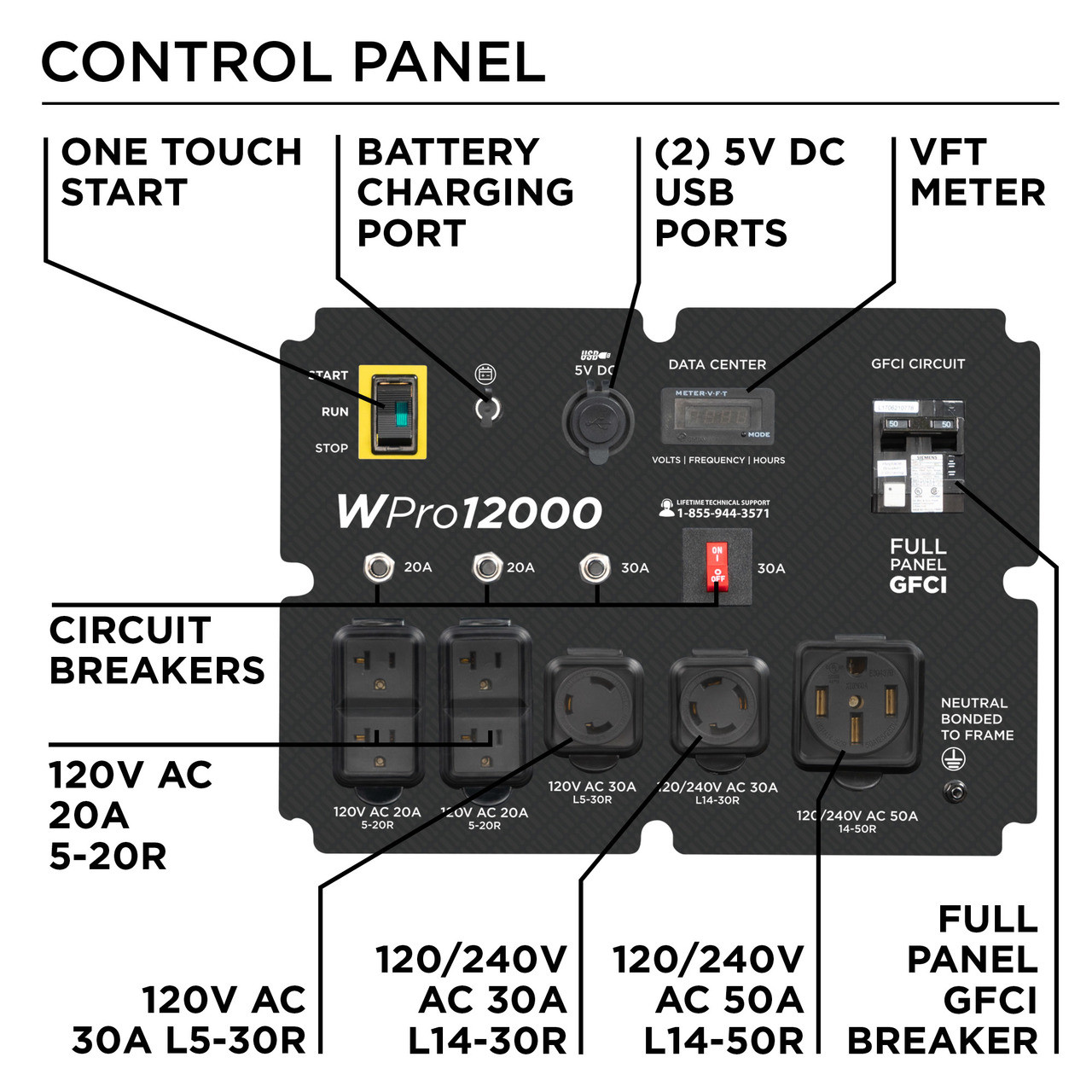Forewarned is forearmed. Just a hint of things too come. From today’s Orange County Register:
WILDFIRES
California’s utilities gain vast new powers after fires
From the ashes of last year’s huge fires in Butte, Shasta, Lake and Los Angeles counties, this state’s utilities have suddenly acquired vast new powers to control and influence the lives of millions of Californians.
The new reality is that no one living near a potential fire area — and that includes wide swaths of this state — now can be sure when the lights will go off and come back on. It’s all because California’s big utility companies have accepted blame for contributing to the start of several multibillion-dollar fires and want no part of anything similar in the future. So anytime they deem wind and weather sufficiently threatening, they’re shutting down power to prevent arcing and sparking on their lines, whether or not they’ve been maintained.
This would be fine if standards existed for what constitutes fire danger from power lines, which helped start and spread fires from San Diego to Paradise, from Simi Valley to the Sierra Nevada in 2017 and 2018. There are no such standards.
So when Pacific Gas & Electric Co. announced it would undertake the year’s first power shutdown in early June because of possible record-setting temperatures and high winds in Napa, Solano and Yolo counties, anyone without immediate access to newspapers and electronic media had no way to know their lights, TVs and appliances would go dead for an unpredictable time.
That exercise, also affecting parts of Butte and Yuba counties, affected “only” about 21,000 electricity customers. No one knows how many had electric- powered oxygen supplies, CPAPs for sleep apnea or other medical devices. No one knows how many had independent power supplies, whether solar or from generators. But a lot of people and businesses were suddenly imperiled.
PG& E figured fire risks outweighed all others. “The safety of our customers and the communities we serve is our most important responsibility,” said one company vice president. Too bad PG& E hadn’t realized that before last year’s Paradise fire, or before the Wine County fires of 2017, both admittedly at least partly the products of corporate negligence.
One thing for sure: Before this year’s just-opened fire season is over, PG& E, Southern California Edison and San Diego Gas & Electric (along with several municipal utilities) will be doing the same kind of thing to many, many more people, with the same kind of notice under the same whimsical standard.
The lack of predictability here is the problem. Certain temperatures, wind directions and speeds must soon be written into firm standards for when deliberate power cutoffs can occur. Given sufficient notice via printed inserts in electricity bills, customers could know what to expect and when. Now they don’t. Which leaves some folks as vulnerable to power company judgments as they are to actual fires.
It also puts great power in the hands of power companies that have repeatedly proven themselves irresponsible.
The real question here is why state regulators,principally the Public Utilities Commission —
now many months after the last big wave of fires — still have not yet developed firm guidelines for utilities to live by.
This leaves many customers vulnerable to chancy, unreliable weather forecasts and the will of utility executives.
Last fall, when PG& E staged its first modern-era fire-prevention power cutoff, one reader near Nevada City called the move “blatant terrorism,” which was exacerbated when winds in the area turned out never to exceed a paltry 7 mph. He called it a form of blackmail, designed to accustom consumers to accepting the will of the utility.
The PUC already allows utilities to dun customers steadily for maintenance: they took in more than $6 billion in such funding over the last four decades without accounting for most of it. The new charges are for tree-cutting (often done against the will of tree owners) and other long-neglected fire prevention tactics.
So far, it’s all random, chancy stuff. Utilities and the public need rules for the companies to live by, giving millions of Californians some ability to predict when their power will be turned off, just in case they can’t or don’t want to read or listen to the news 24 hours a day.
